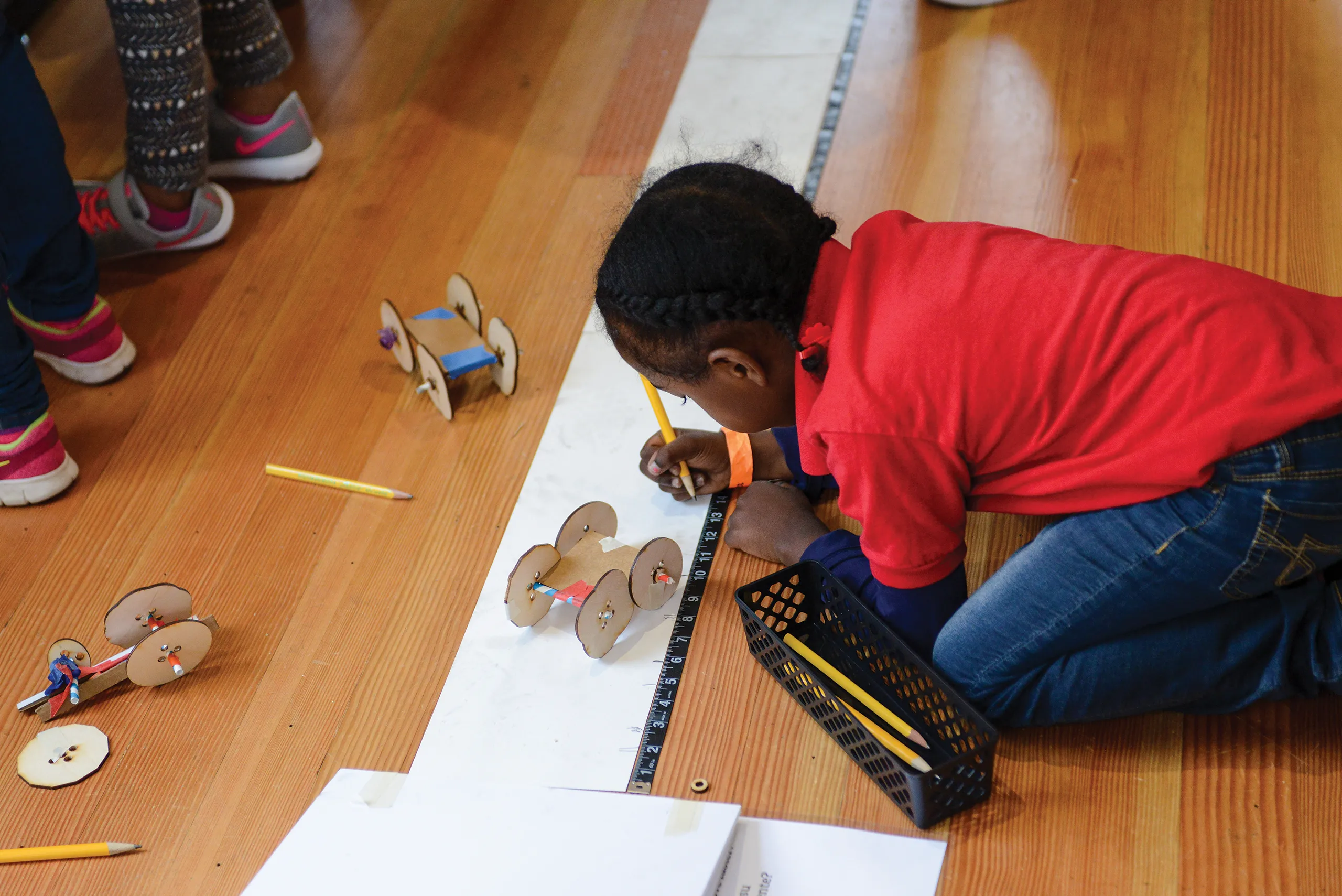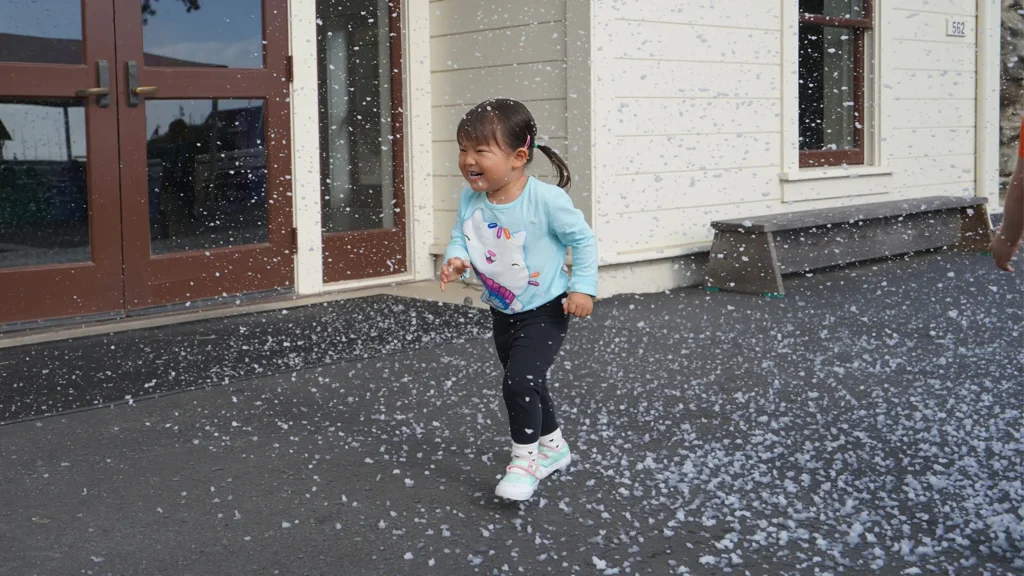
Resources
Empower your students with play-based learning! Our expert-designed activities, research papers, guides, and activity booklets provide hands-on, joyful experiences, making it easy to nurture curiosity and discovery in any learning environment.
All Resources
Select the type of resource you need—activities, research papers, guides, or activity booklets—along with the age groups you’re working with, and watch the perfect play-based learning resources populate instantly! Questions? Contact us at professionaldevelopment@badm.org.






